Home>Articles>What Color Should The Lights Be On Garage Door Sensors
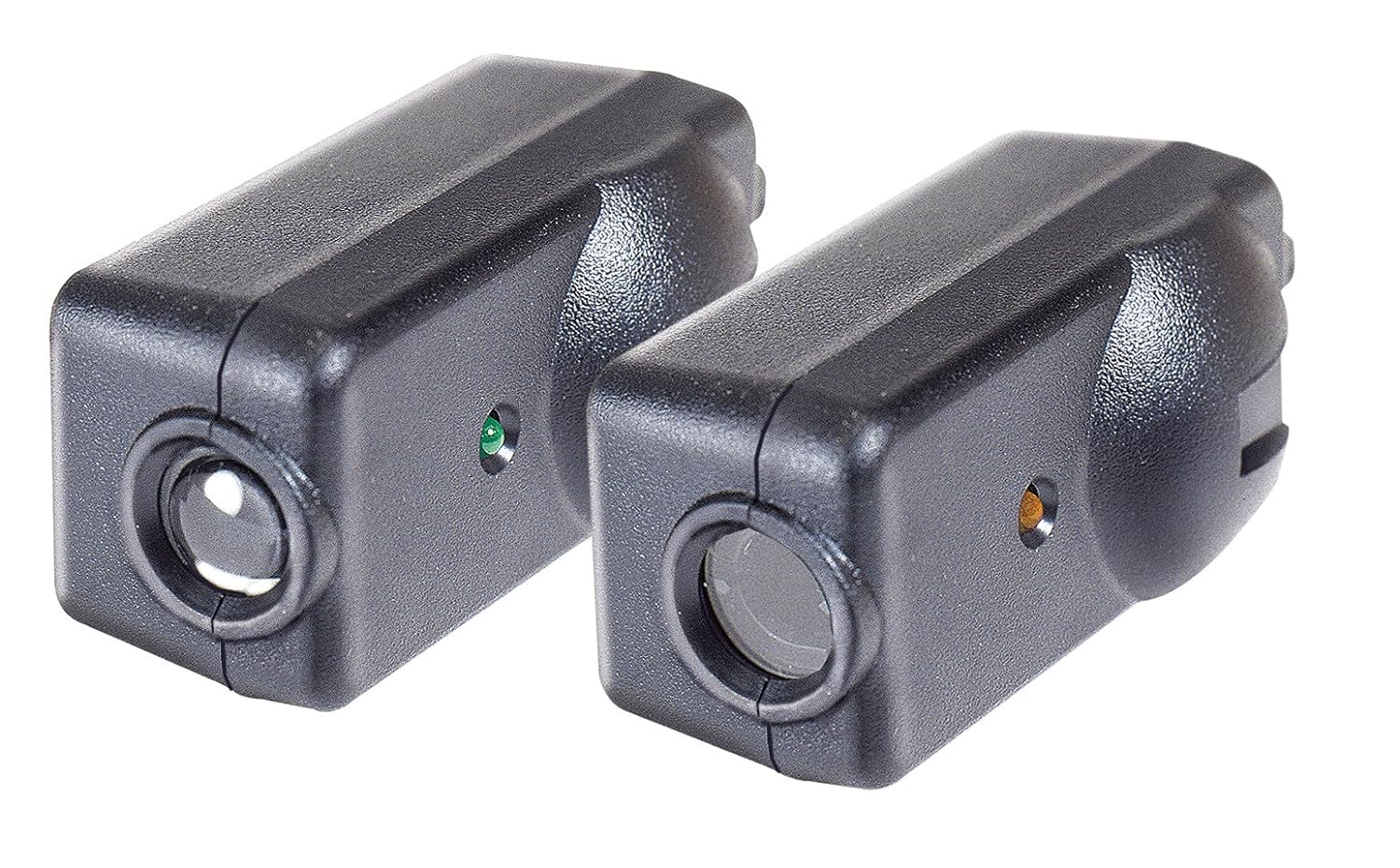

Articles
What Color Should The Lights Be On Garage Door Sensors
Modified: February 23, 2024
Find out what color the lights should be on garage door sensors in this informative article. Discover the importance of selecting the right color for optimal functionality.
(Many of the links in this article redirect to a specific reviewed product. Your purchase of these products through affiliate links helps to generate commission for Storables.com, at no extra cost. Learn more)
Introduction
Garage door sensors are an essential component of any garage door system. These sensors play a crucial role in ensuring the safety and security of your property, as they are responsible for detecting any obstacles or obstructions in the path of the garage door. When the sensors detect an object, they send a signal to the garage door opener, causing the door to reverse its direction and prevent any accidents or damage.
While the functionality and effectiveness of garage door sensors are well-known, one aspect that often goes overlooked is the color of the lights on these sensors. Many homeowners may not realize that the light color can have an impact on the sensor’s performance and reliability.
In this article, we will explore the importance of garage door sensors, delve into the functionality of these sensors, and discuss the significance of light color on their performance. We will also provide recommendations on the ideal light colors for garage door sensors, based on industry best practices and user experience.
By understanding the role that light color plays in the functionality of garage door sensors, you can make an informed decision when selecting the appropriate lights for your garage door sensor system.
Key Takeaways:
- Choose white, yellow, or amber lights for your garage door sensors to ensure optimal visibility, contrast, and reliability, enhancing the safety and security of your home.
- Regularly maintain and clean the lights on your garage door sensors to maximize their effectiveness and prioritize the safety of your garage door system.
Read more: How To Wire A Garage Door Sensor
Importance of Garage Door Sensors
Garage door sensors are an integral part of modern garage door systems, providing a crucial layer of safety and convenience for homeowners. These sensors help prevent accidents, injuries, and property damage by detecting any obstructions or objects in the path of the garage door.
One of the primary functions of garage door sensors is to ensure that the door does not close when there is an obstacle in its path. This is particularly important when it comes to preventing accidents involving children or pets who may unknowingly wander into the path of a closing garage door.
Garage door sensors work by emitting an invisible beam of light between the two sensors, usually placed on either side of the garage door opening. When the beam is interrupted by an object, such as a person or a vehicle, the sensor registers this as an obstruction and prevents the door from closing. Instead, it will reverse the door’s direction to ensure the safety of anyone or anything in its path.
In addition to safety, garage door sensors also provide convenience and peace of mind for homeowners. They eliminate the need for manually checking if the garage door is clear before closing it, saving time and effort. This feature is especially useful when you are in a hurry or have your hands full.
Moreover, garage door sensors can also enhance the security of your home. In the event of an attempted break-in, the sensors can detect any unauthorized entry attempts and trigger an alarm or alert system, notifying you of the potential threat.
Overall, garage door sensors are a vital component of any modern garage door system. They are designed to prioritize safety, prevent accidents, and provide convenience and peace of mind for homeowners. It is essential to ensure that these sensors are functioning properly and that the lights on them are optimized for maximum performance.
Understanding Garage Door Sensor Functionality
To fully appreciate the impact of light color on garage door sensor performance, it is crucial to have a good understanding of how these sensors work.
Garage door sensors typically consist of two components: the transmitter and the receiver. The transmitter emits an invisible beam of light, while the receiver detects this beam. The two components are usually installed on opposite sides of the garage door opening, facing each other.
When the garage door is in motion, the sensors maintain a constant connection, with the beam of light unobstructed between the two components. This indicates that the path is clear, allowing the garage door to continue its operation without any interruptions.
However, if an object, such as a person, vehicle, or even debris, interrupts the beam of light, the sensors detect the obstruction and send a signal to the garage door opener to stop or reverse the door’s movement.
The functionality of garage door sensors relies on the accuracy and sensitivity of the beam detection. If the beam is not properly detected due to insufficient light or other factors, the sensors may not register an obstruction, posing a safety risk.
Now that we have a basic understanding of how garage door sensors work, it becomes clearer why the color of the lights on these sensors is crucial. The lights help facilitate the beam detection process and ensure optimal performance.
Next, we will explore the factors to consider when choosing the color of lights for garage door sensors, as well as the impact of light color on their functionality.
Factors to Consider When Choosing Garage Door Sensor Lights
When selecting lights for your garage door sensors, there are several important factors to consider to ensure optimal performance and functionality.
- Visibility: The primary purpose of the lights on garage door sensors is to provide a visible indication of their status. Therefore, it is crucial to choose lights that are easily visible, especially during different lighting conditions such as daytime, dusk, or nighttime. Opt for lights that are bright and have a high contrast against the background to ensure they are easily noticed.
- Reliability: The lights on the garage door sensors should be reliable and consistent in their performance. Look for lights that have a long lifespan and are known for their durability. This will minimize the need for frequent replacements and ensure that the sensors are always functioning as intended.
- Compatibility: Consider the compatibility of the lights with your specific garage door sensor system. Some sensors may require specific types of lights or have specific recommendations from the manufacturer. It is essential to ensure that the lights you choose are compatible with your existing sensor system for seamless integration and optimal performance.
- Energy Efficiency: Since garage door sensor lights are typically left on for extended periods, it is important to choose lights that are energy-efficient. LED lights are a popular choice due to their low energy consumption and long lifespan. They provide bright and reliable illumination while minimizing energy costs.
- Weather Resistance: Garage door sensors are exposed to the elements and can be subjected to various weather conditions. Therefore, it is crucial to choose lights that are weather-resistant and can withstand rain, snow, extreme temperatures, and other environmental factors. Look for lights that have an IP rating indicating their resistance to moisture and dust.
By considering these factors when choosing garage door sensor lights, you can ensure that the lights are highly visible, reliable, compatible with your sensor system, energy-efficient, and capable of withstanding different weather conditions.
Now that we have explored the factors to consider when choosing garage door sensor lights, let’s dive into the impact of light color on the performance of these sensors.
Make sure the garage door sensor lights are solid green for proper operation. If the lights are any other color or blinking, it may indicate an issue with the sensors that needs to be addressed.
The Impact of Light Color on Garage Door Sensor Performance
The color of the lights on garage door sensors can have a significant impact on their performance and effectiveness. Different light colors can influence how well the sensors detect and respond to obstructions, ultimately affecting the safety and reliability of your garage door system.
One of the critical factors to consider is the contrast between the light color and the background. The purpose of the lights is to provide a visible indication of the sensor’s status and detect any beam interruptions accurately. Therefore, it is crucial to choose a light color that stands out and contrasts well with the surrounding environment.
Generally, brighter and more vibrant light colors, such as white or yellow, tend to provide better visibility. These colors are highly visible and easily noticed, even in different lighting conditions. They create a strong contrast against the background, making it easier for the sensors to detect any beam interruptions.
On the other hand, darker or less vibrant light colors, such as red or green, may not provide the same level of visibility and contrast. These colors may blend in with the background or not be as easily noticed, potentially leading to decreased sensor performance and reliability.
It is worth noting that the impact of light color can also depend on the specific environment where the garage door sensors are installed. For example, if your garage has a dark-colored door or walls, choosing a light color that stands out against the darker background becomes even more critical.
Furthermore, certain light colors may have psychological effects on human perception. For instance, red lights are often associated with danger, caution, or stop signals, which can subconsciously convey a sense of warning or alertness. This psychological impact can contribute to increased awareness and vigilance when it comes to potential obstructions near the garage door.
Ultimately, the light color you choose for your garage door sensors should prioritize visibility, contrast, and reliability. Brighter and more vibrant colors, such as white or yellow, are generally recommended to ensure optimal performance and enhance the safety of your garage door system.
Now that we understand the impact of light color on garage door sensor performance, let’s explore some recommended light colors for garage door sensors.
Read more: How To Line Up Garage Door Sensors
Recommended Light Colors for Garage Door Sensors
When it comes to choosing the light color for your garage door sensors, there are a few recommended options that can enhance their visibility and performance.
1. White: White lights are highly visible and provide excellent contrast against most backgrounds. They are often the go-to choice for garage door sensors due to their brightness and visibility, making it easier to spot any beam interruptions. White lights also tend to have a clean and modern appearance, blending well with the overall aesthetic of the garage door system.
2. Yellow: Yellow lights are another ideal choice for garage door sensors. They offer high visibility and contrast, even in different lighting conditions. Yellow lights are particularly effective against darker backgrounds, ensuring that any beam interruptions are promptly detected. They also have a warm and inviting quality, adding a touch of vibrancy to the garage door area.
3. Amber: Amber lights provide a distinct and eye-catching color that stands out against most backgrounds. They offer good visibility and contrast, making it easier to spot any obstructions or beam interruptions. Amber lights can create a sense of caution and alertness, helping to enhance awareness and safety around the garage door.
While white, yellow, and amber are the recommended light colors for garage door sensors, it is important to consider the specific lighting conditions and environment in which your garage door operates. If you have unique circumstances, such as a garage with extremely bright lighting or a specific color scheme, you may need to adjust your light color choice accordingly to ensure maximum visibility and contrast.
In addition to choosing the right light color, it is essential to regularly maintain and clean the lights on your garage door sensors. Dust, debris, or dirt buildup can reduce the visibility and effectiveness of the lights, impacting the overall performance of the sensors. Regularly inspect and clean the lights to ensure they are free from any obstructions or hindrances.
By selecting the recommended light colors and maintaining them properly, you can optimize the performance and reliability of your garage door sensors, enhancing the safety and security of your home.
Now, let’s address some common questions about garage door sensor lights.
Common Questions about Garage Door Sensor Lights
1. Can I use different colored lights for my garage door sensors?
It is generally recommended to use the same colored lights on both the transmitter and receiver sensors for optimal performance. Using different colored lights may affect the consistency and accuracy of the beam detection, potentially compromising the safety and reliability of your garage door system.
2. Do I need to replace the lights on my garage door sensors?
Yes, it is important to regularly inspect and replace the lights on your garage door sensors if they become damaged, dim, or ineffective. Properly functioning lights are crucial for ensuring the visibility and reliability of the sensors.
3. Can I use LED lights for my garage door sensor system?
Yes, LED lights are a popular and recommended choice for garage door sensor systems. They are energy-efficient, long-lasting, and provide bright illumination. LED lights offer excellent visibility and are compatible with most garage door sensor systems.
4. Can I adjust the sensitivity of my garage door sensors based on the light color?
No, the sensitivity of garage door sensors is not directly linked to the light color. The sensitivity is set by the manufacturer and should not be altered unless specified in the user manual. The light color primarily affects the visibility and contrast of the sensors rather than their sensitivity.
5. What should I do if the lights on my garage door sensors are not working properly?
If the lights on your garage door sensors are not functioning properly, first check to ensure that they are securely and correctly installed. Clean the lights to remove any dirt, debris, or dust that may be obstructing their visibility. If the issue persists, consult the user manual or contact a professional technician for further assistance.
Remember to always prioritize the safety and reliability of your garage door sensor system. If you have any concerns or questions about the lights or the overall functionality of your garage door sensors, it is advisable to seek professional advice.
Now, let’s wrap up the article.
Conclusion
Garage door sensors play a vital role in ensuring the safety and security of your property. The color of the lights on these sensors can have a significant impact on their performance and effectiveness. By selecting the appropriate light color, you can enhance the visibility, contrast, and reliability of your garage door sensor system.
When choosing lights for your garage door sensors, consider factors such as visibility, reliability, compatibility, energy efficiency, and weather resistance. Bright and vibrant light colors, such as white, yellow, or amber, are recommended to ensure optimal performance and ease of detection.
Regular maintenance and cleaning of the lights on your sensors are crucial to ensure their effectiveness. Remove any dust, debris, or dirt that may hinder the visibility of the lights and compromise the overall performance of the sensors.
It is important to note that the light color does not directly affect the sensitivity of the sensors. However, it is essential to follow the manufacturer’s instructions and not modify the sensitivity settings without proper guidance.
By understanding the importance of garage door sensors, their functionality, and the impact of light color, you can make informed decisions when selecting lights for your garage door sensor system. Prioritize the safety and reliability of your garage door by choosing the recommended light colors and maintaining them properly.
Remember, if you encounter any issues with your garage door sensor lights or have concerns about the performance of your garage door system, consult the user manual or seek professional assistance. Your safety and peace of mind are of utmost importance.
Now that you have a better understanding of the significance of light color on garage door sensor performance, you can ensure that your garage door operates smoothly, providing convenience and security for you and your family.
Frequently Asked Questions about What Color Should The Lights Be On Garage Door Sensors
Was this page helpful?
At Storables.com, we guarantee accurate and reliable information. Our content, validated by Expert Board Contributors, is crafted following stringent Editorial Policies. We're committed to providing you with well-researched, expert-backed insights for all your informational needs.
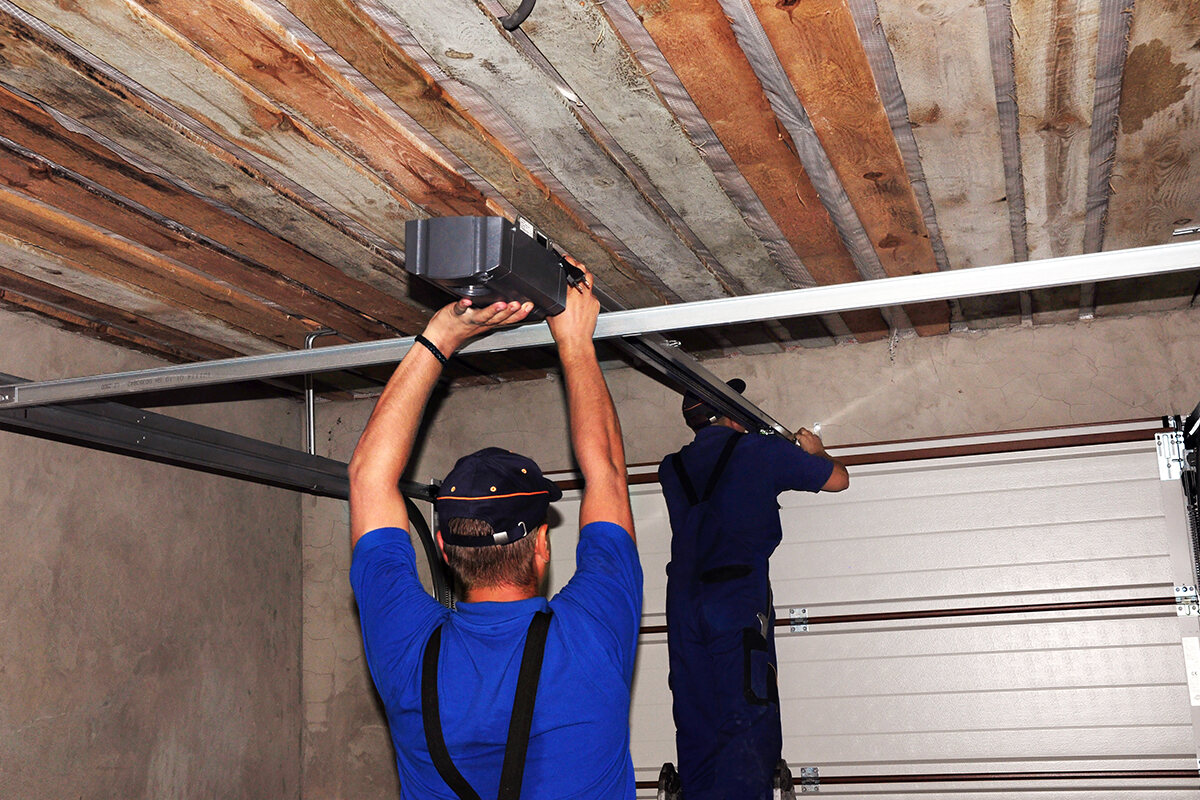
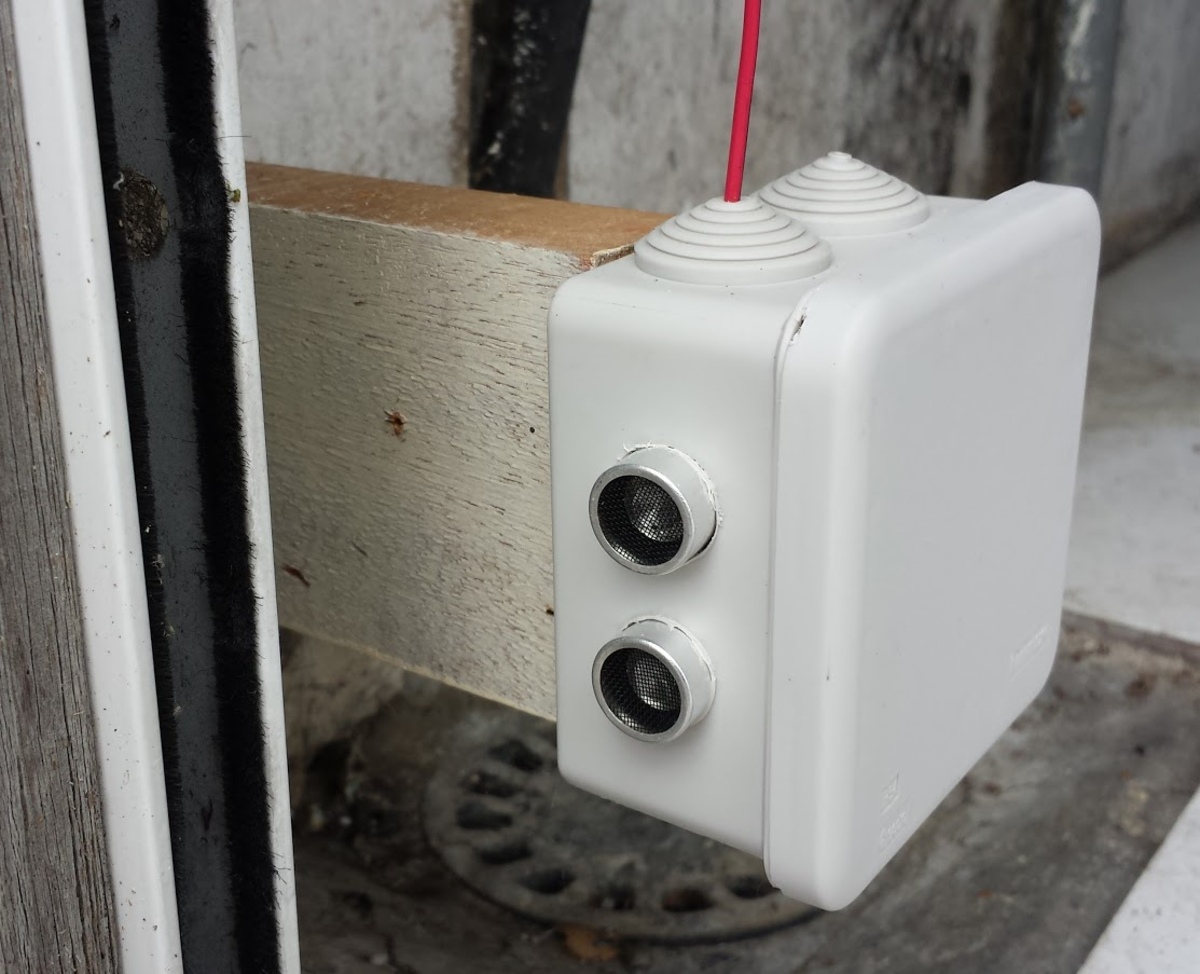
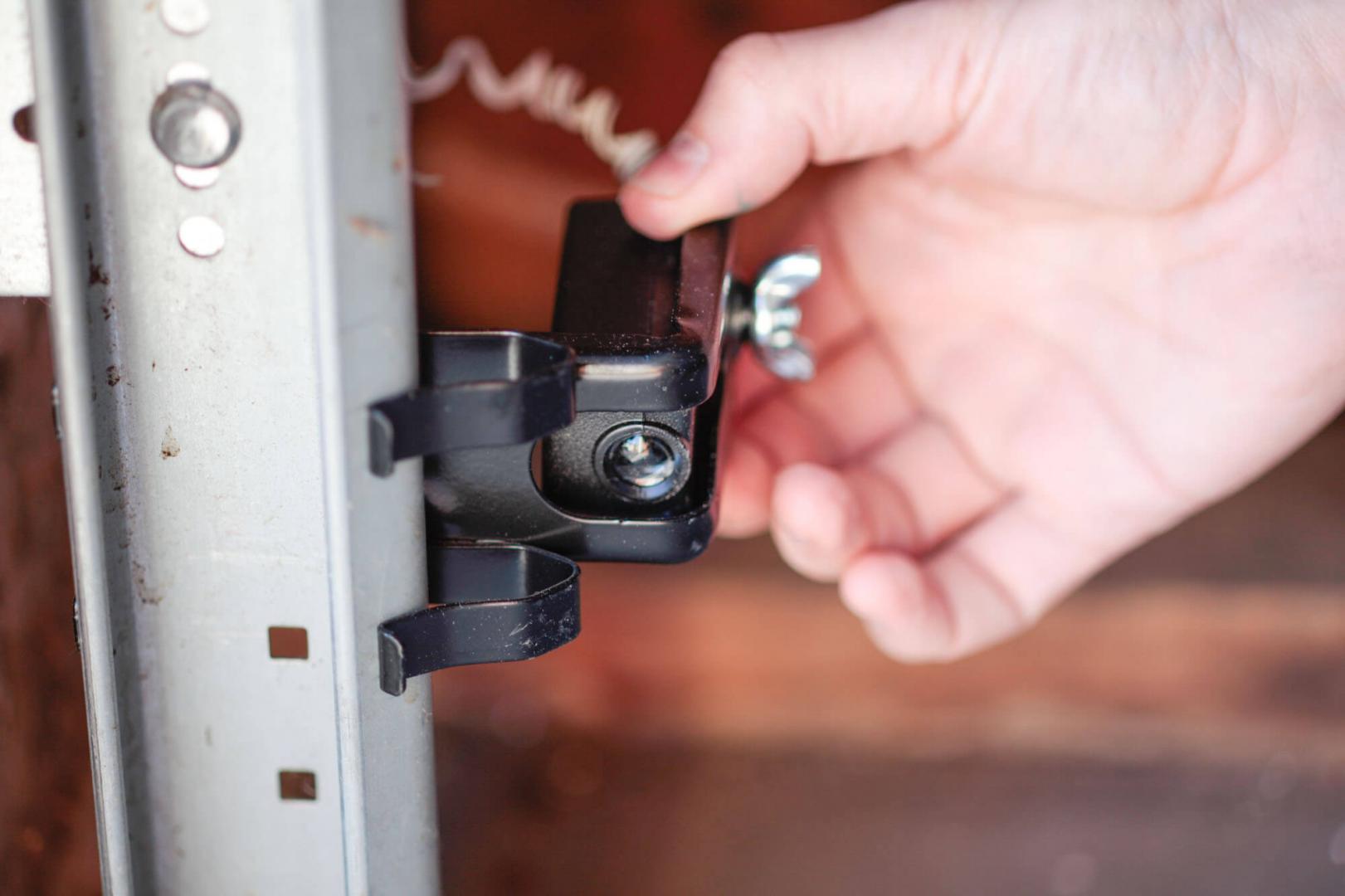
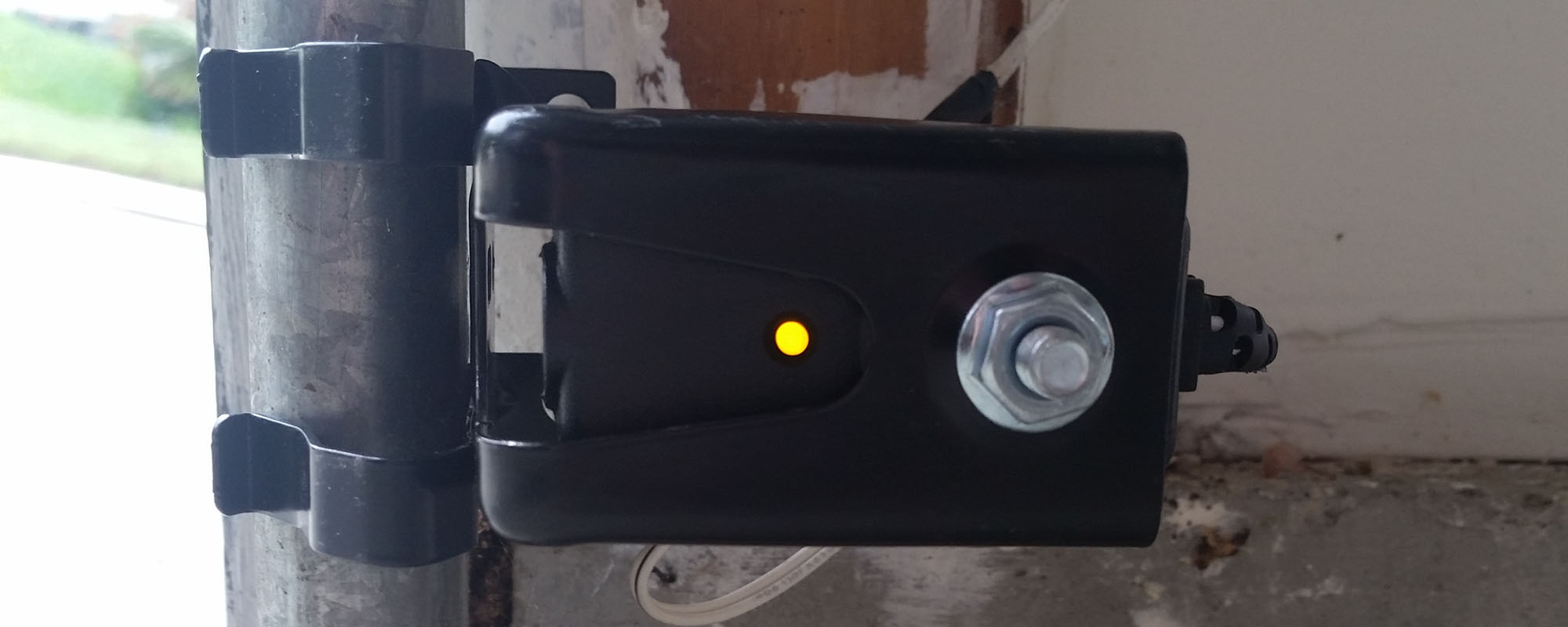
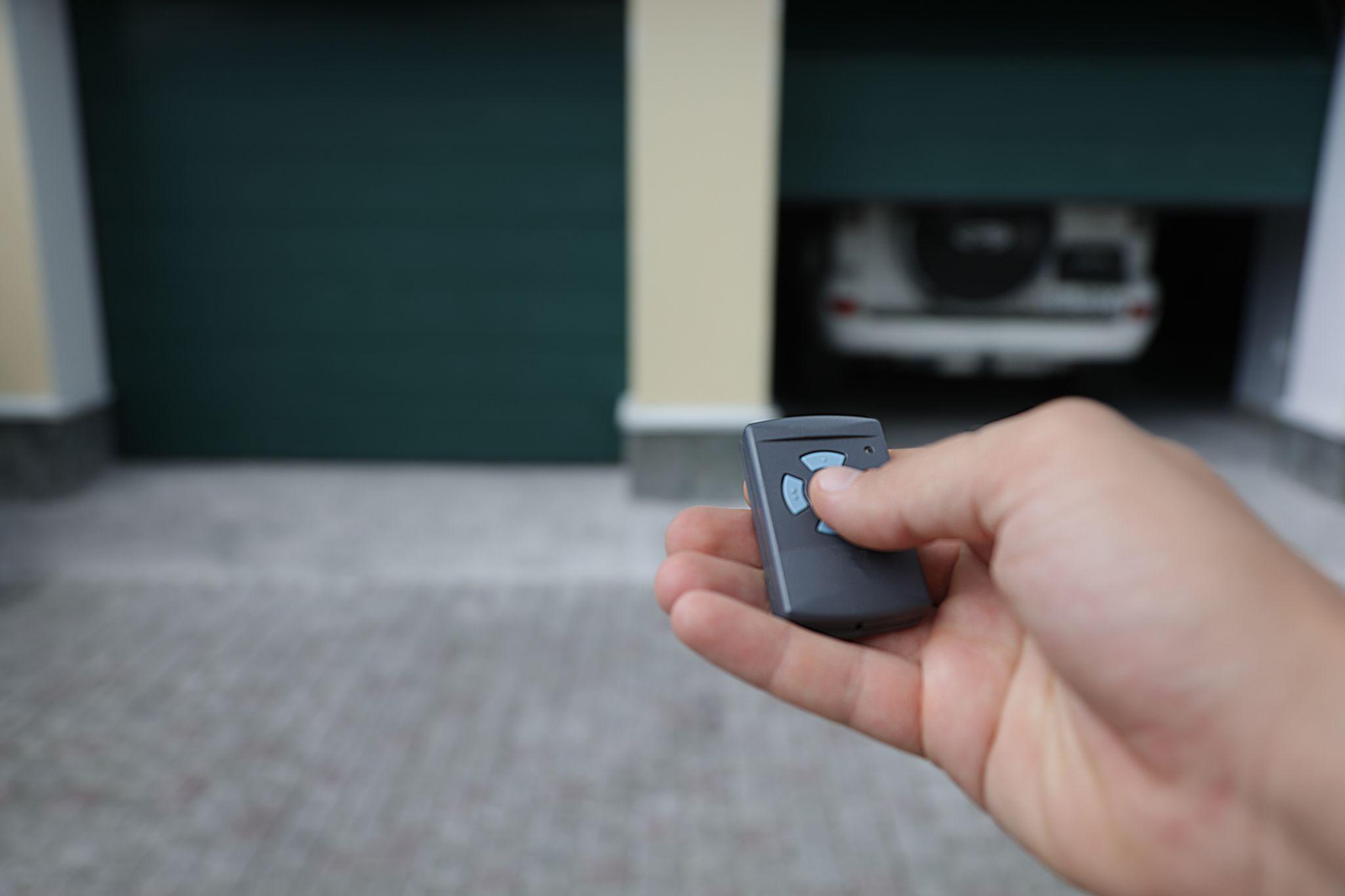
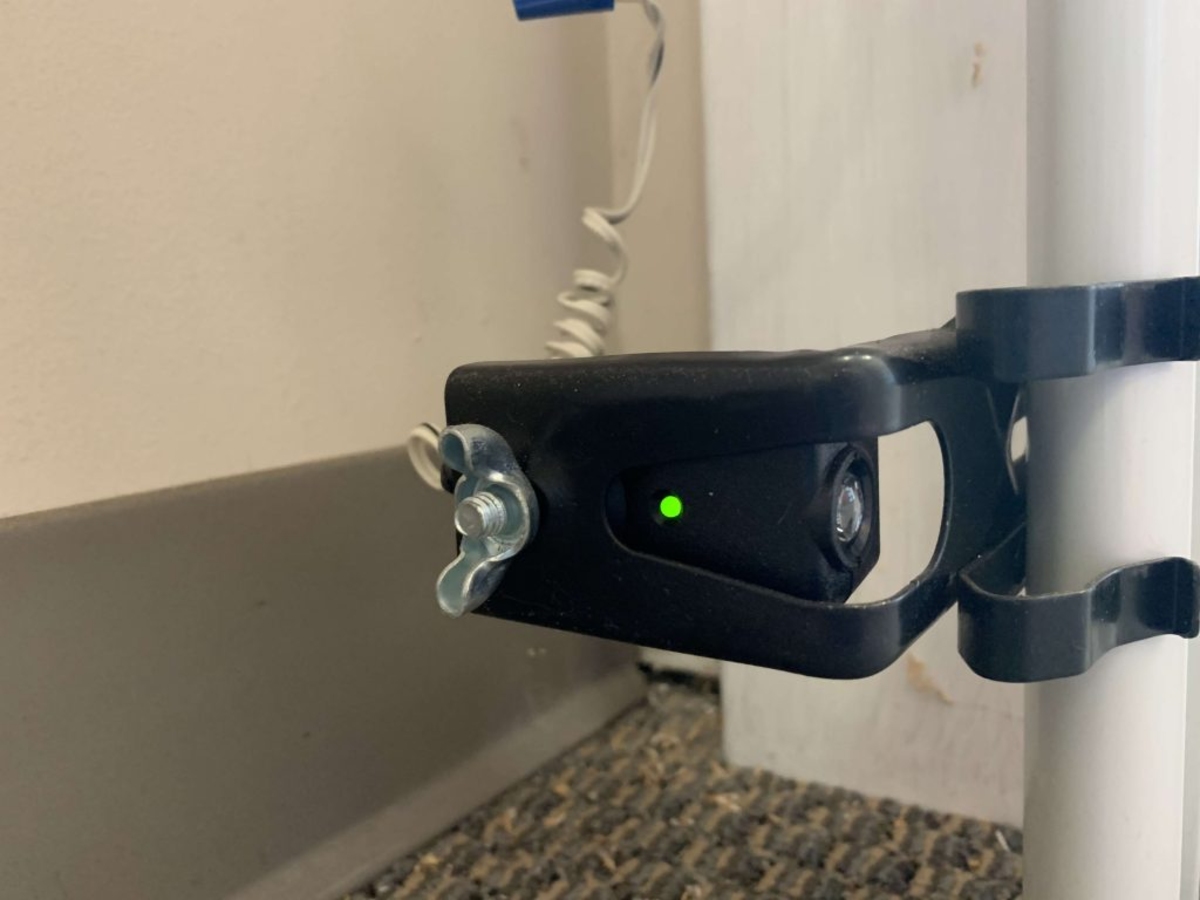
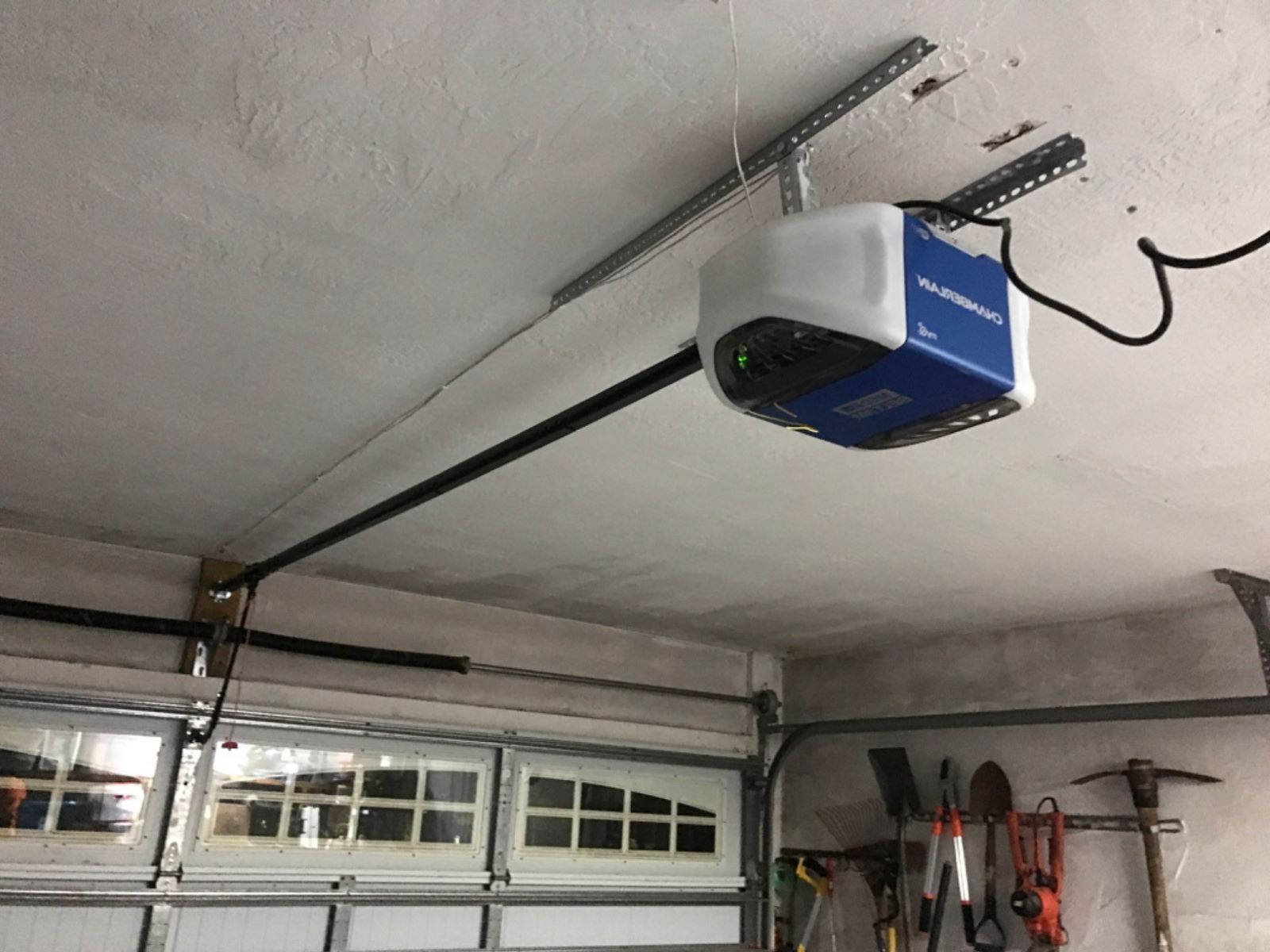
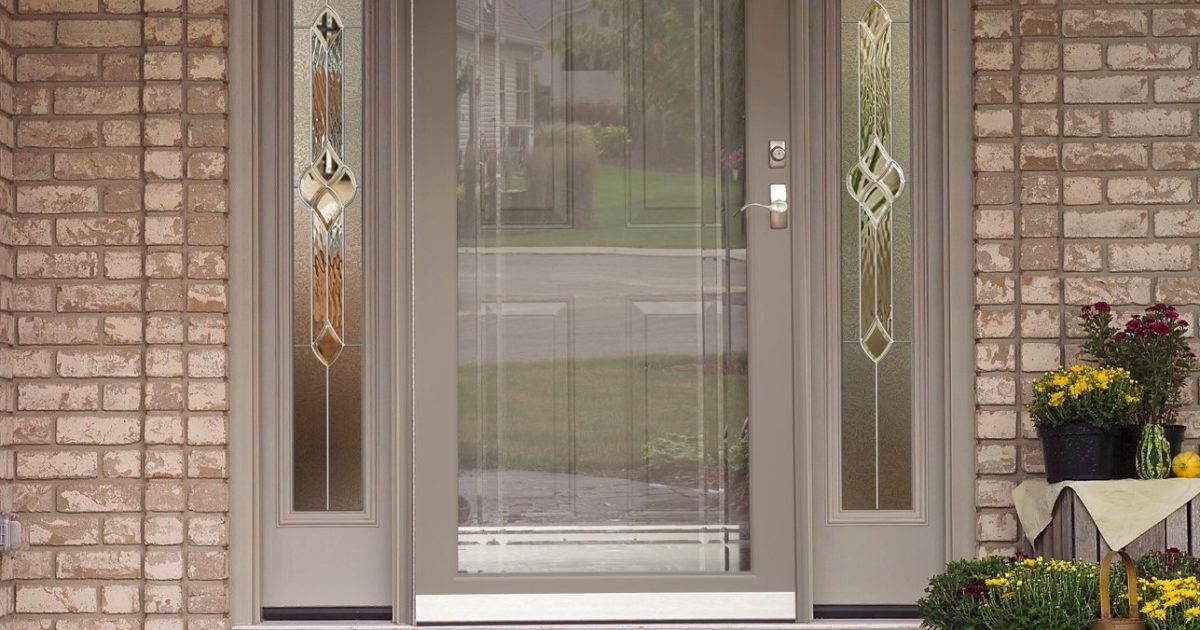

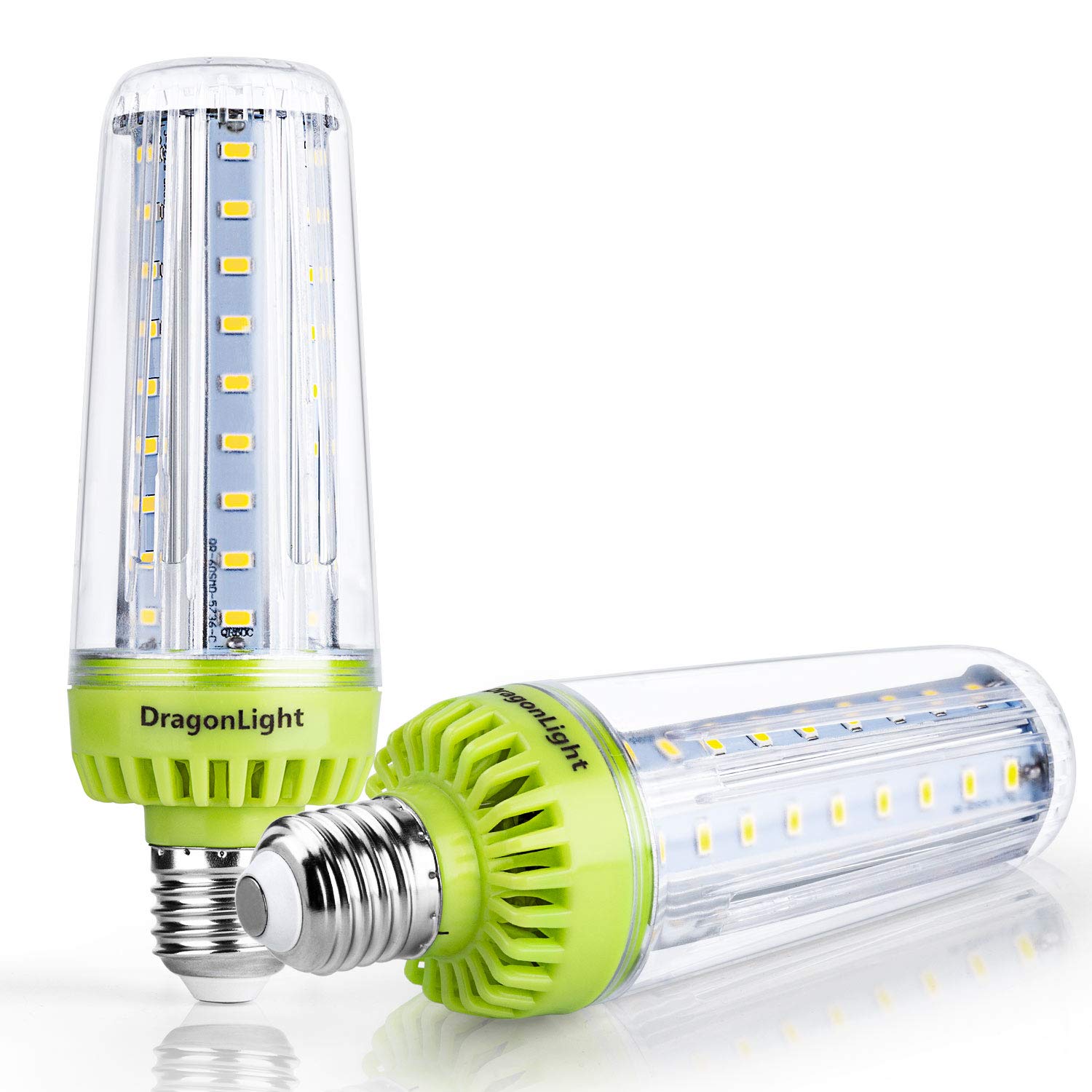
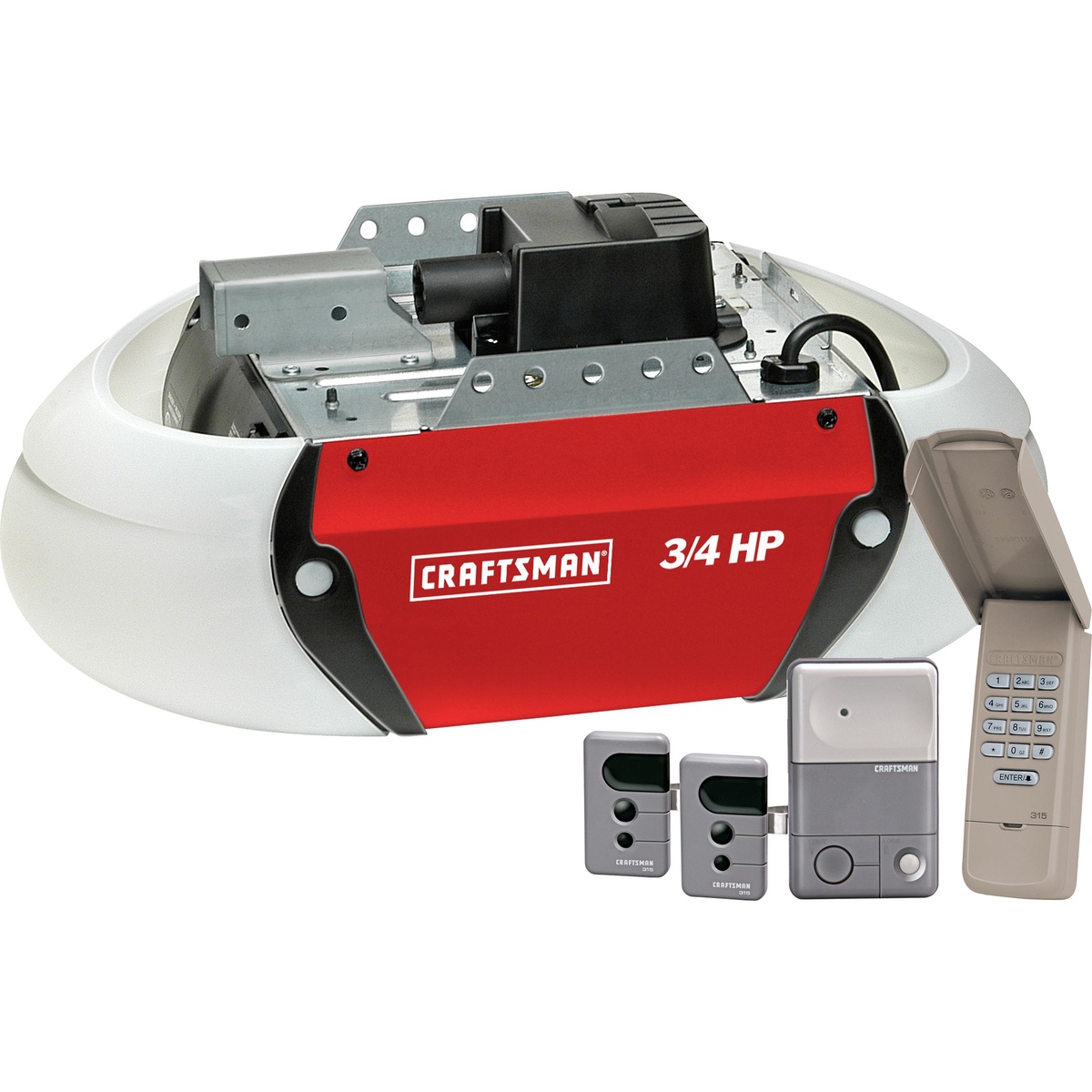


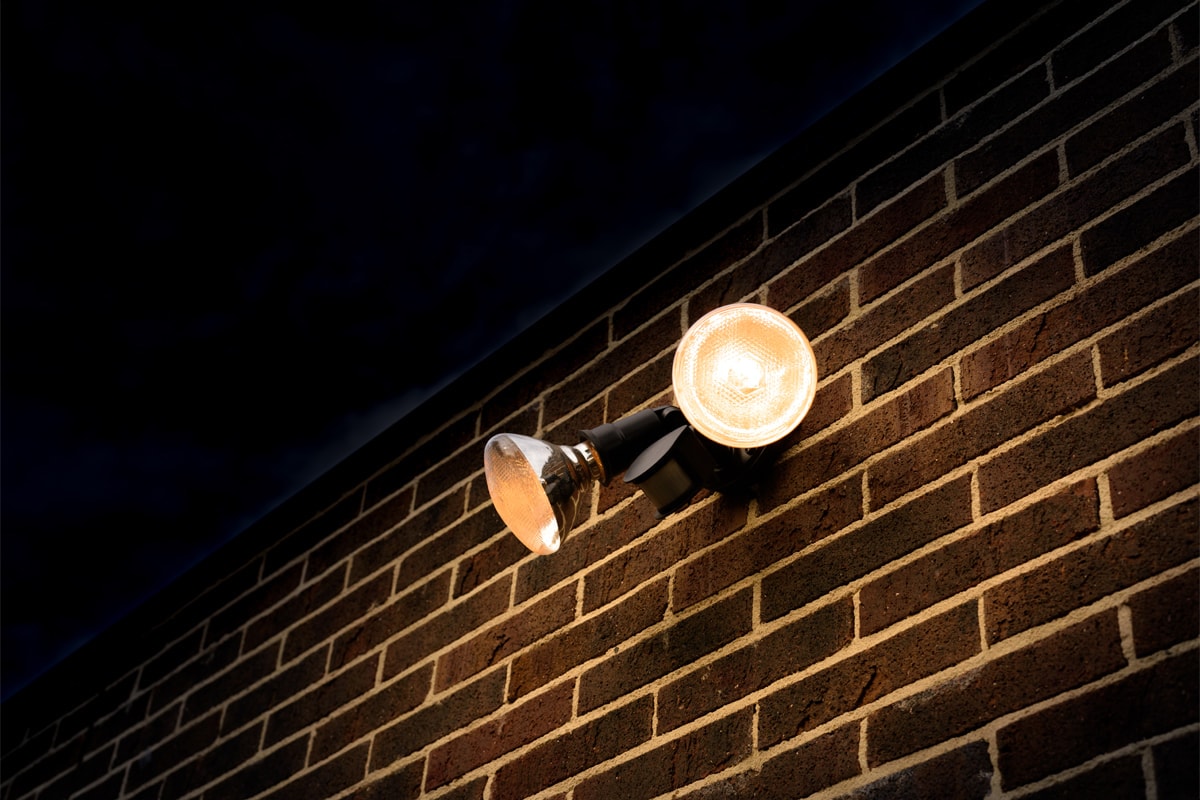

0 thoughts on “What Color Should The Lights Be On Garage Door Sensors”